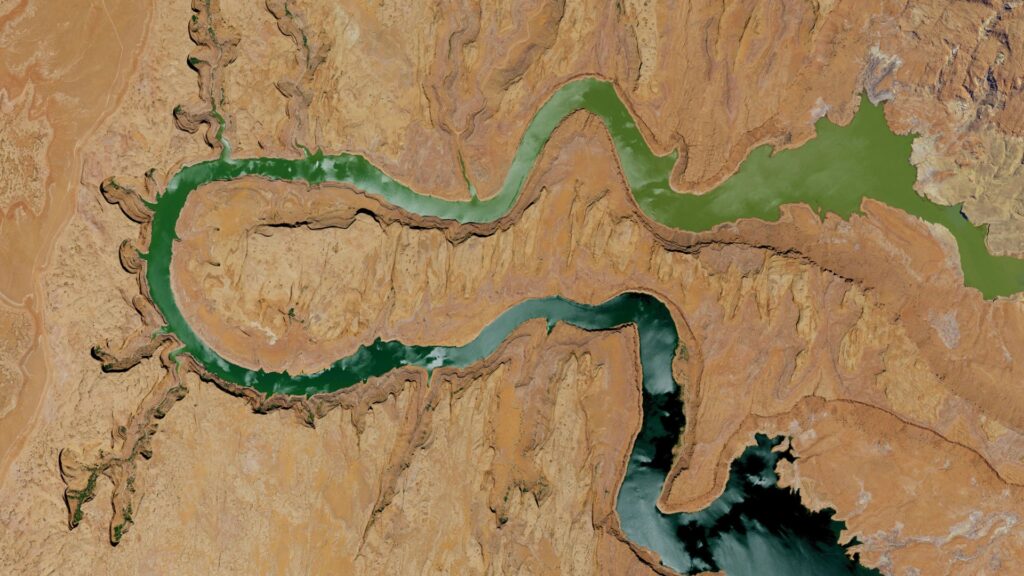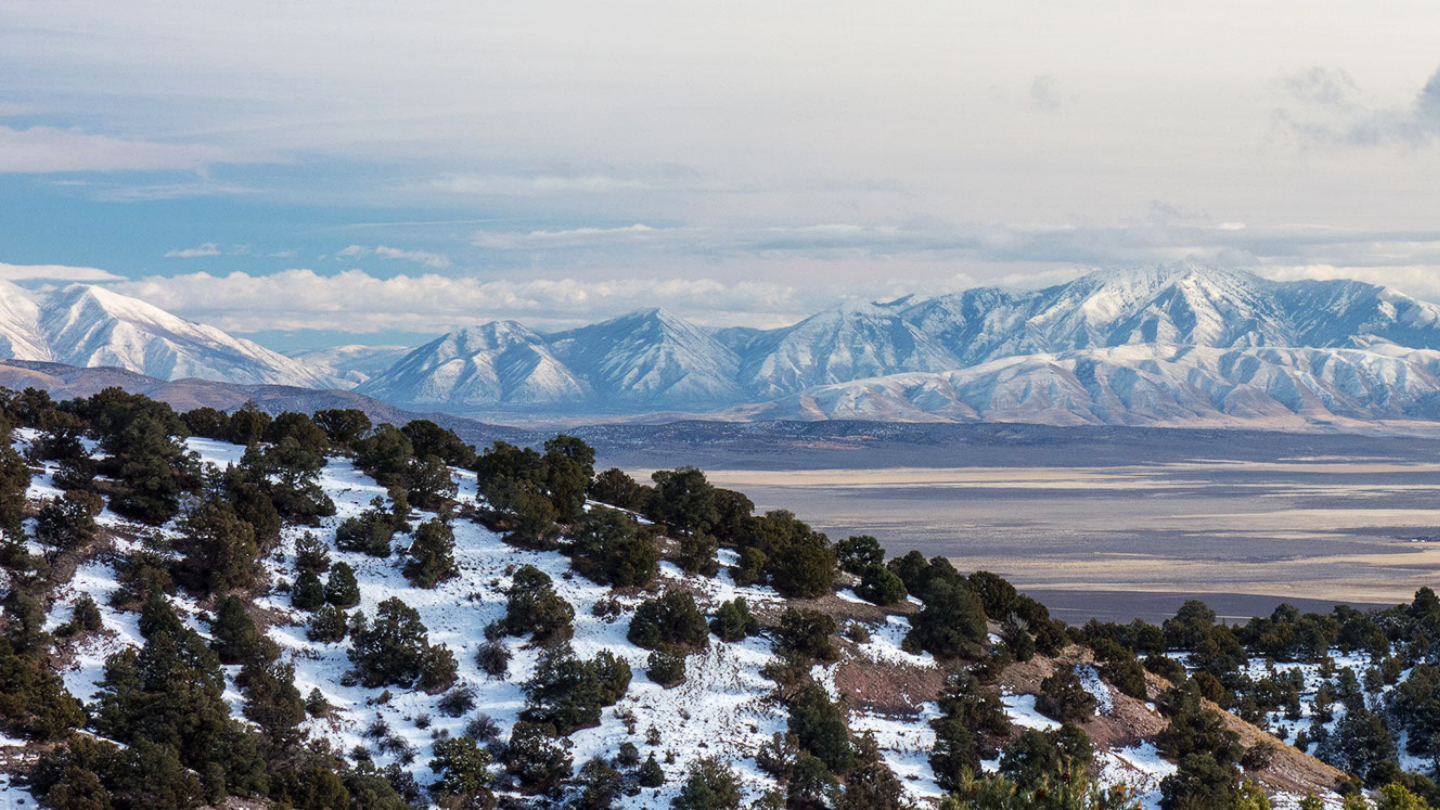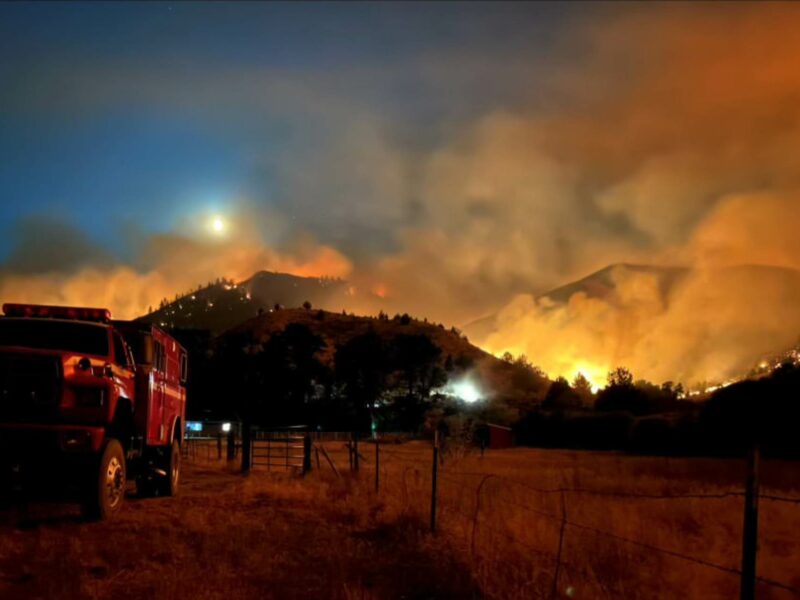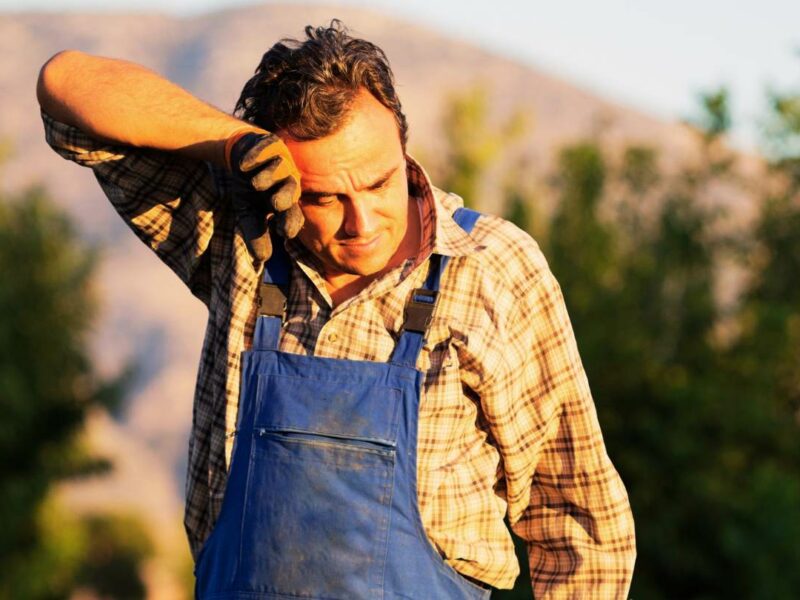Water Weekly for November 28th
If you can only read three stories about Western water this week, read these:
1. America’s Billion-Dollar Tree Problem Is Spreading
A new study has gotten the attention of Wired magazine by focusing on the massive impact of woody invasives on ranchers’ bottom lines, but the impacts on water are just as frightening, and brought this article to our attention here at Water Weekly. According to University of Montana researcher Scott Morford, who led the study, tree cover has increased by 50 percent across the western half of the US over the past 30 years, costing ranchers nearly $5 billion in lost forage. The state of Kansas, for example, ”lost nearly the same amount of forage to woody encroachment in 2019 as the state’s entire annual alfalfa supply.” Reporter Brianna Randall talked to Sand Hills rancher Barb Cooksley, who “sets a personal goal to lop at least 1,000 trees each year to keep her family’s patch of prairie thriving.” Cooksley, who is also has a master’s degree in range ecology, says, “This place is not supposed to have trees.” As Randall notes, “As these areas transform into woodland, wildlife disappears, water supplies dwindle, and soil health suffers. The risk of catastrophic wildfire also skyrockets.”
2. California drought costly to growers, jobs as farmland shrinks. New study shows how much
The aptly-named reporter Maggie Angst give us much to worry over in this startling article quantifying the impact of the drought in California on farms and ag employment. The news is dire: irrigated farmland dropped by 752,000 acres, or nearly 10%, and over 19,000 jobs disappeared with it between 2019 and 2022. Angst writes, “The past three water years, which run from October through September, were the driest in California history. Water deliveries to the Central Valley were cut by nearly 43% in both 2021 and 2022 due to low reservoir storage.” Rice harvests in the state will be about 50% below average, with devastating impacts not just on farmers and farm communities, but also on the migratory birds that depend on rice fields for food and refuge.
3. Four things to know about the lower Colorado River basin
For this piece, syndicated by Aspen Journalism, reporter Heather Sackett accompanied staff and board members from the Colorado River District, as well as other western Colorado water officials, on a tour of the lower basin. Sackett picked up four major takeaways that point to the challenges of negotiating a settlement between the seven basin states to save 2-4 million acre-feet of water annually. Digging into these takeaways reveals some important truths. For instance, the Metropolitan Water District of Southern California provides drinking water for 1 in 17 Americans (19 million people). Half that water comes from the Colorado River. That’s incredible. Treating wastewater to potable standards for reuse is likely to be a critical component of the district’s strategy to meet future needs while reducing consumption from the Colorado. Another takeaway: irrigators in the upper basin and the lower basin are impacted very differently by droughts. Water users in the Upper Basin are forced to adjust their practices because water simply isn’t available during dry years. But for lower basin farmers used to planning based on a steady supply of reservoir water, adjustments to crops or irrigation patterns are not second nature.
Get the Water Weekly in your Inbox each week.






